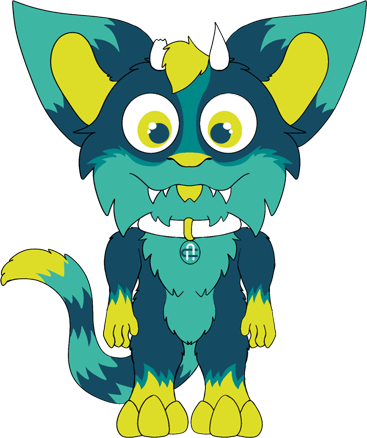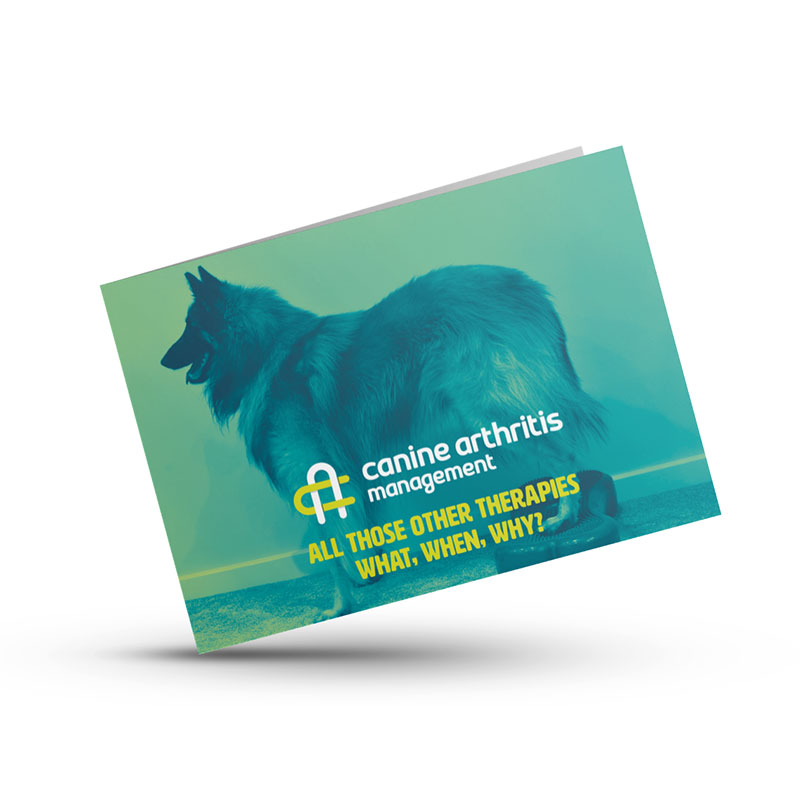Complementary therapies
There are more interventions that are incorporated into arthritis management plans. When there
is no cure for a disease, there will always be many interventions available. As in human medicine deciphering which of those interventions may be beneficial can be very difficult as many rely on anecdotal stories and opinions. Trying to employ an “evidence-based” approach when deciding what to “trial” is a sensible way to keep your dog safe and reserve funds for treatments which are more likely to bring benefit.
Physical therapies are an important part of a comprehensive arthritis treatment plan for dogs. They help to rebuild or maintain muscle strength, aid flexibility, maintain normal sensation in the legs and ultimately to manage pain.
In order for you to see the maximum benefit, therapy should be started at an early stage in disease management. However, choosing the right type of rehabilitation or complementary therapy at the right time is equally important. The wrong choice of therapy, the right therapy at the wrong time, or a certain therapy in the wrong hands can lead to little or no improvement, and could even result in a deterioration of your dog’s condition.
In order to access most rehabilitation treatments, your dog will need to be referred to a specialist by your vet after they have physically examined your pet and provided a diagnosis. These therapies should be combined with other elements of the multimodal treatment plan to gain the largest benefit for your dog. This may include pain relief, weight management, home adaptations and supplements.

